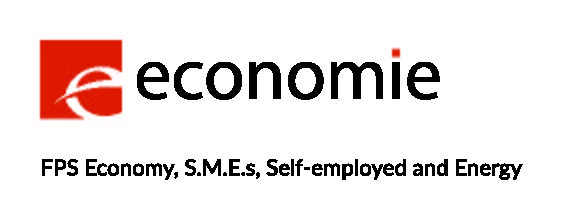Introduction
- Smartlife: Leveraging model and data-driven digital twins for smart asset management and lifetime optimization of offshore windfarms
- 2 partners
- Coordinator: 24SEA
- Project type: Fundamental research
- Start Data: 1/11/2023
- Duration: 2 years
- Total Budget: €1.186.997
- Funded by the Energy Transition Fund (ETF)

Project Context
There are currently 399 wind turbines installed in the Belgian part of North Sea. The oldest wind turbines are already operational for about 15 years. The lifetime of these offshore windfarms is driven by the fatigue life of their foundations, simply because they are the major structural component that cannot be replaced. Once the fatigue life of the foundation is consumed, the structure is no longer suitable to support the wind turbine and production will halt.
Project Description
The project aims to develop tools for further optimising the operation and maintenance of the
offshore wind farms, while guaranteeing structural reliability and increasing the chances of
extending the life of the offshore wind infrastructure in the Belgian North Sea. In this way, this
project can directly contribute to the federal policy on the energy transition and energy supply
security. The project wants to use advanced physics-based and data-based so-called "digital
twins".
Project Objective
The project aims to generate unique know-how and innovative data handling solutions validated on real windfarm data. The project wants to leverage the use of the available sensor data and windfarm operational data combined with advanced physics-based and data-driven digital twin tools for optimising the operation and maintenance of the offshore wind farms, while guaranteeing the structural reliability, and increasing the likelihood of lifetime extension of the offshore wind infrastructure in the Belgium North Sea. In doing so it will contribute to the security of energy supply, enhancing grid stability and increasing the likelihood of a future subsidy-free offshore wind-development in the North Sea.
To meet this global objective, the following targets are set:
- The developed tools must be able to estimate the fatigue lifetime of every weld on every turbine within the windfarm.
- The developed tools must also allow to run multiple scenarios, based on changing the original design assumptions, and evaluate their impact on lifetime.
- The developed tool must be able to consider the original design assumptions, the real-time monitoring data and the latest inspection data
- The tools must empower windfarm operators to make informed decisions themselves for optimizing their O&M strategies based on their impact on the lifetime of their assets.
More info and related articles can be found on Researchgate
Subsidy
The Smartlife project is financially supported by FPS Economy, as a fundamental research project within the Energy Transition Fund (project call 2022- duration of project 01.11.23 – 31.10.2025)


